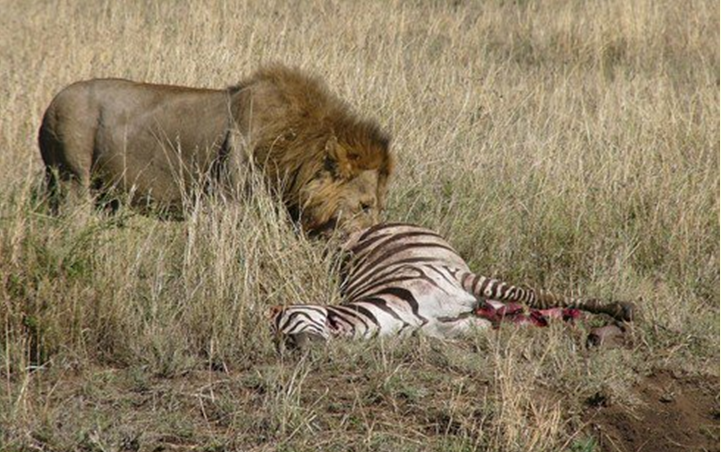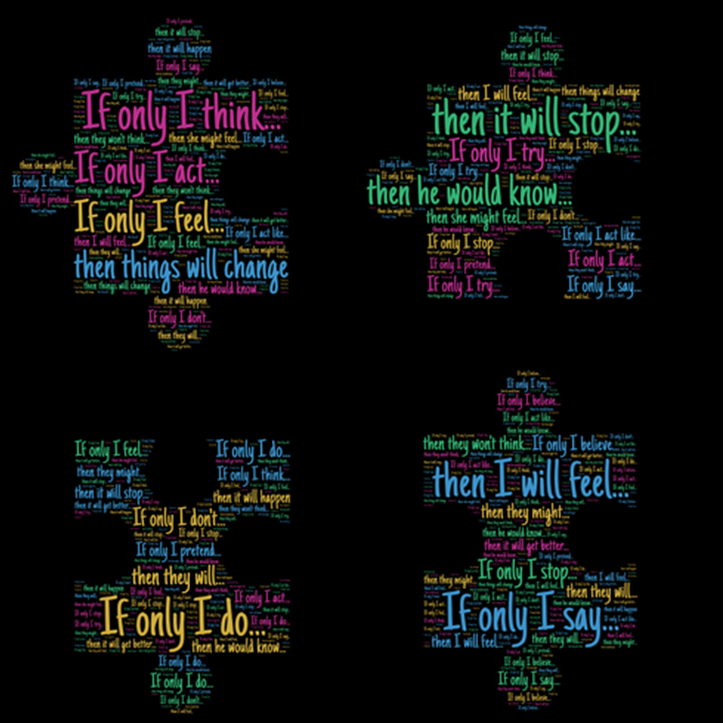Project Description
Survive, Transform, Soar! – Issue #21
To Release and to Grieve:
Tackling the Trauma of a Toxic Relationship
Article by: Cheryl Eckl, in SurviveTransformSoar.com | Friday, July 28, 2017
Toxic relationships and trauma are nearly synonymous, as anyone who has ended a relationship with a toxic partner (often one with a Cluster B personality disorder) can attest. Although most people associate trauma with a single, sudden, intense experience, traumatic experiences that are prolonged and repeated, such as those occurring in abusive relationships, have similar and often worse impacts.
We live in a stressful world. I know of no one who would dispute that point, but most people don’t recognize that we also live in a traumatic world. A failure to appreciate the pervasiveness of trauma leads to countless “walking wounded” in our midst, people who cannot begin to heal the grief that arises from life’s sudden, dramatic or chronic losses because they are stuck in the deep, somatic (body centered) wounds of trauma (often referred to as post-traumatic stress).
Many people who have been in toxic relationships do not understand the experience of grief after leaving, nor its connection with trauma. Most, even when they know that grief is a natural reaction to loss, think they will feel relieved when the relationship finally ends, leading to overwhelm when the waves of grief hit suddenly.
Trapped Energy
As I have experienced it, trauma is the un-discharged energy that gets trapped in the body as a result of a shocking and/or life-threatening event in which the victim is unable to either fight back or flee the situation. It can also result from less intense but repeated long-term experiences in which the victim feels there is no way out. Either way, the experience of being threatened is real, our ability to respond is overwhelmed and something in us shuts down.
As trauma expert Peter A. Levine demonstrates in his seminal book, Waking the Tiger: Healing Trauma (North Atlantic Books, 1997), we can learn much about trauma from observing animals in the wild. This is because we are a lot like them.

Humans also ‘freeze’ to protect themselves when afraid, but we have a harder time shaking it off and running away when the predator leaves.
We and our mammalian friends share a common brain structure: the reptilian brain, the instinctive part of the brain whose job it is to keep us alive. Its responses are automatic, immediate, physiological and capable of overriding our more sophisticated mental functions of emotion and analysis. This means that our responses to traumatic situations are likely to be similar to that of our four-footed cousins.
Depending on where you fall in nature’s food chain, you are either faster or slower, stronger or weaker than your neighbor. If you are the slow one in a herd of speedy prey animals, the likelihood of your being eaten by the local predator is very high. Except that you have another coping mechanism that may save your life: You can freeze as if dead, which makes you less appealing to your captor.
Cluster B Partners Get Bored Easily and Leave
A struggling animal triggers the “Let’s eat now!” response in a carnivore. A limp gazelle is less appetizing, in which case the cheetah or tiger may drag it home to snack on later. If the big cat leaves, the gazelle comes back to life, shakes violently and then runs away.
The gazelle may be tired after the attack, but it is not traumatized. It does not mentally will itself to “get over it and get on with life.” It doesn’t hire a local gorilla (bigger brain) for an hour a week to talk about its memory of the attacker’s jaw clamping down on its neck. No, the fortunate gazelle—unburdened by the complexities of human thinking—simply gets up, shakes off the energy of “freeze” and runs away. End of story.
Humans are both predator and prey. Our superior intelligence makes us the hunter, but our comparative physical weakness makes us the hunted. If we have neither the tools to defend ourselves, the strength to fight back nor the speed to get away, we may freeze.
The tragedy for frozen, traumatized humans is that the instinct to violently shake and discharge the trapped fight-flight-or-freeze energy often gets aborted by our thoughts or even by well-meaning physicians who prescribe drugs that block the natural energy discharge. Whatever the cause, we are left stuck in a somatic memory we cannot resolve.

Unconscious ‘If Onlys’ may keep us repeating toxic relationships until we deal with past trauma.
If the trauma occurred when we were tiny children, the record may be so deep that we have no conscious recollection of the event. If we were traumatized on a battlefield, we may be haunted by the recurring images of the mindless horrors we experienced. If our trauma results from the sudden loss of a loved one, we may be stuck for years in the sense of overwhelm that was our first response to news so incomprehensible that our minds just shut down. If we were in an abusive relationship, we can get trapped in feelings of victimization.
The result of these deep traumas can be a repetitive, unconscious attraction or settling for similar situations—trying to undo the negative outcome. The unspoken hope is: “This time, I’ll do it differently.” Unfortunately, the energy we need to succeed is still trapped in our bodies. So we end up failing over and over again, solidifying the destructive pattern of defeat. As Levine says, “Trauma begets trauma”—sometimes for decades.
We humans are so accustomed to relying on our big brains to solve every life situation that working with the body to heal the mind and emotions seems counter-intuitive. But the way out of trauma is through the body.
Fortunately, increasing numbers of therapists are being trained in somatic techniques that can help us thaw the frozen energy of trauma—allowing us to energetically complete the unfinished defense or escape.

It takes releasing past trauma through movement to free you from what you are afraid of…
Talk therapy can be an important adjunct to provide context and meaning. But we most likely didn’t talk ourselves into the trauma, so we probably won’t succeed in talking ourselves out of it either. Tackle the stuck energy first and the flow of grief’s natural process becomes a lot more manageable. I’ve been there; I know.
Tips for Tackling Trauma
Get your body moving—When people suggest you “move on,” try reframing that suggestion to “move out.” Take a page from the animal kingdom and move your body. Walk, run, ride a bike—whatever starts breaking up some of that “stuck” energy. Focus on the sensations in your body, not the thoughts in your head.
Shake it up—Stand up and shake your body all around. (Of course, be careful if you have any physical injuries or limitations.) Jog in place and let yourself go “floppy.” Gently release your shoulders and neck. Jiggle your extremities. Fling that old, stuck energy right off your fingertips.
Start Tapping—One of the most effective tools I have found is called Tapping or EFT (Emotional Freedom Technique). Used by countless life coaches and therapists around the world, EFT is a technique that works directly with the body’s own intelligence to bypass the mental inner critic with its stories of victimization and guilt. My favorite resource to help you get started right away is TheTappingSolution.com.
About The Author

Cheryl Eckl holds a master’s certificate in Transpersonal Psychology and is an award-winning author, life coach, professional development trainer, Life Transitions Leader and subject-matter-expert on death & dying and grief.
She is the creator of The LIGHT Process™ for navigating change and the author of A Beautiful Grief: Reflections on Letting Go, as well as other self-help titles and three books of inspirational poetry. Cheryl believes we have the inner resources to heal even our most traumatic losses by learning to work with our native wisdom. See CherylEckl.com

